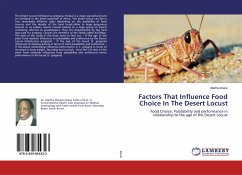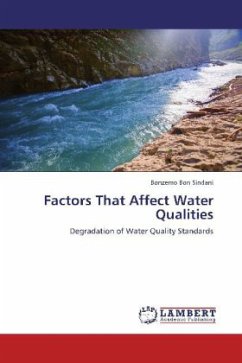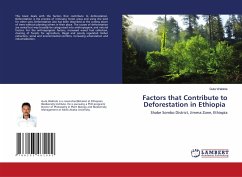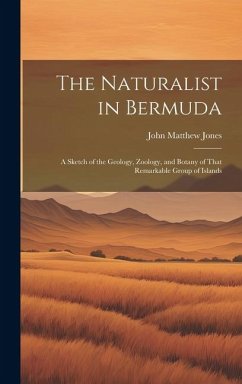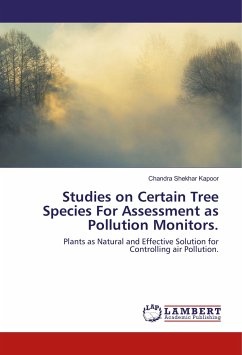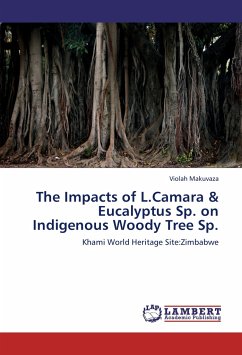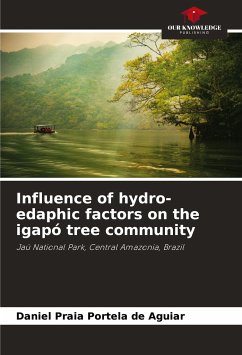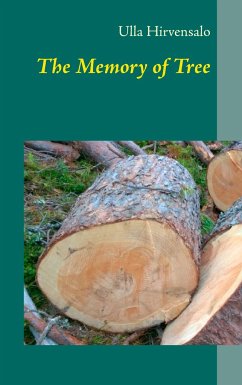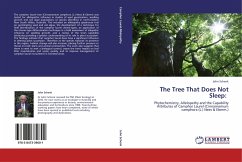
The Tree That Does Not Sleep:
Phytochemistry, Allelopathy and the Capability Attributes of Camphor Laurel (Cinnamomum camphora (L.) Nees & Eberm.)
Versandkostenfrei!
Versandfertig in 6-10 Tagen
52,99 €
inkl. MwSt.

PAYBACK Punkte
26 °P sammeln!
The camphor laurel tree (Cinnamomum camphora (L.) Nees & Eberm) was tested for allelopathic influence in studies of seed germination, seedling growth and soil algal populations of species identified in north-eastern New South Wales, Australia. This included an allelopathy glasshouse trial on germinating seed and soil algae, the development of a technique for field identification of the camphor laurel chemo-types, an application of the chemo-type differentiation technique in a field assessment of allepathic influence on seedling growth, and a review of the tree's capability attributes providing...
The camphor laurel tree (Cinnamomum camphora (L.) Nees & Eberm) was tested for allelopathic influence in studies of seed germination, seedling growth and soil algal populations of species identified in north-eastern New South Wales, Australia. This included an allelopathy glasshouse trial on germinating seed and soil algae, the development of a technique for field identification of the camphor laurel chemo-types, an application of the chemo-type differentiation technique in a field assessment of allepathic influence on seedling growth, and a review of the tree's capability attributes providing a greater understanding of its role in plant succession. The findings indicate that camphor laurel does have a significant influence in altering plant succession. Therefore as the species expands its presence in the region, habitat change will also increase, placing further pressure or threat on both plant and animal communities. The work also suggests that there is need to seek a biological control, assess the trees' impact on leaf litter invertebrates and water quality, and to improve management of camphor laurel recruitment in forested areas.



